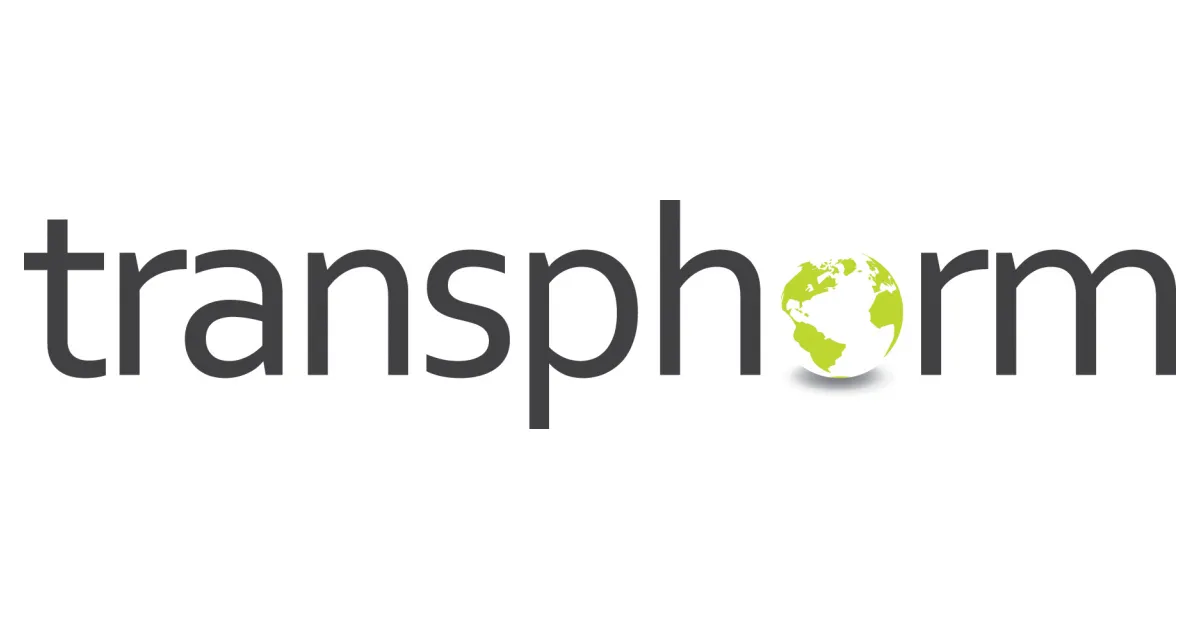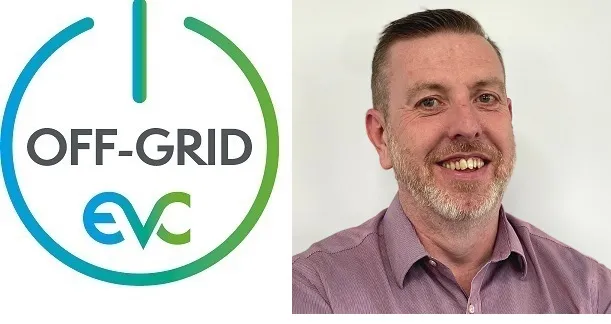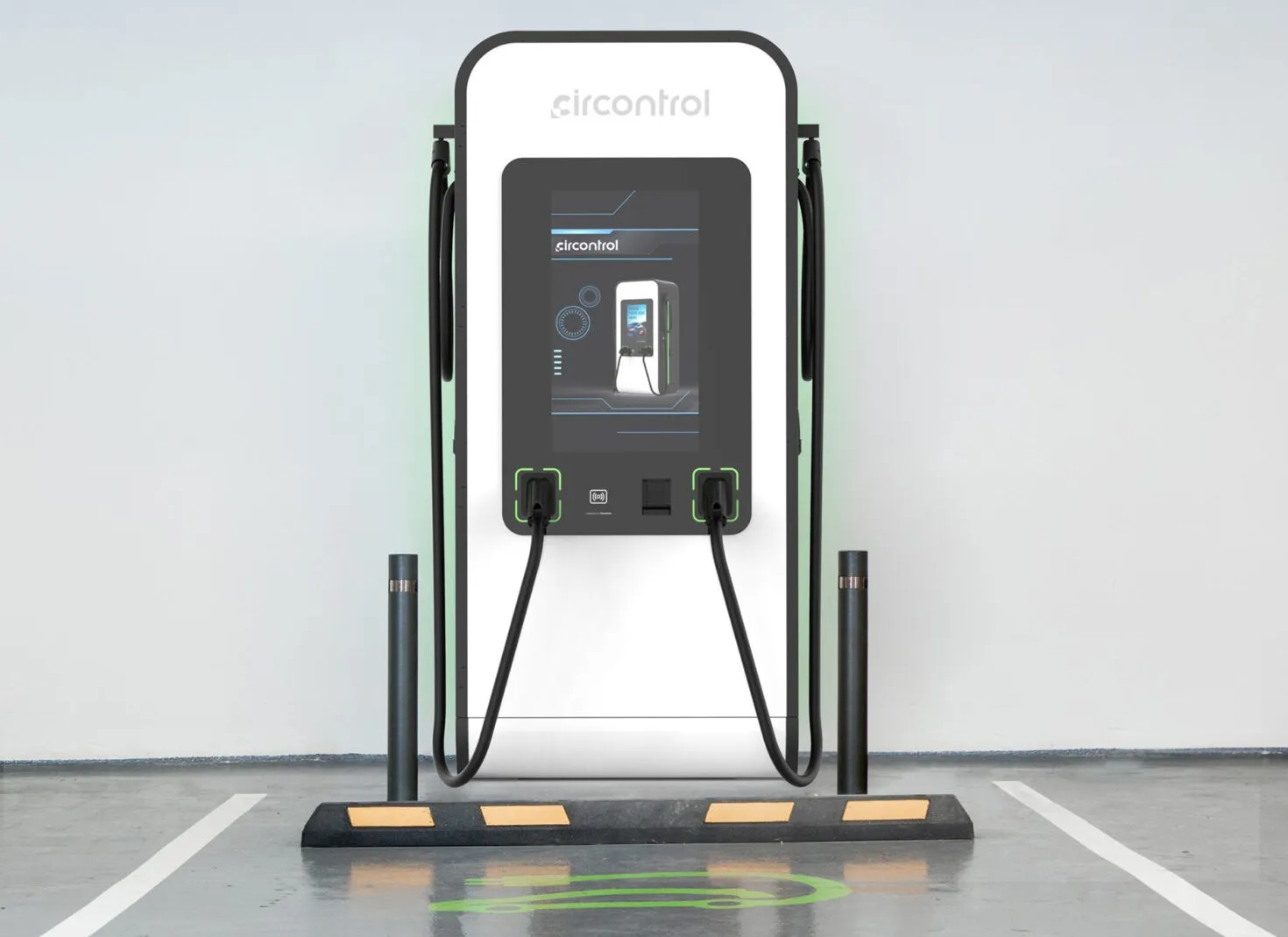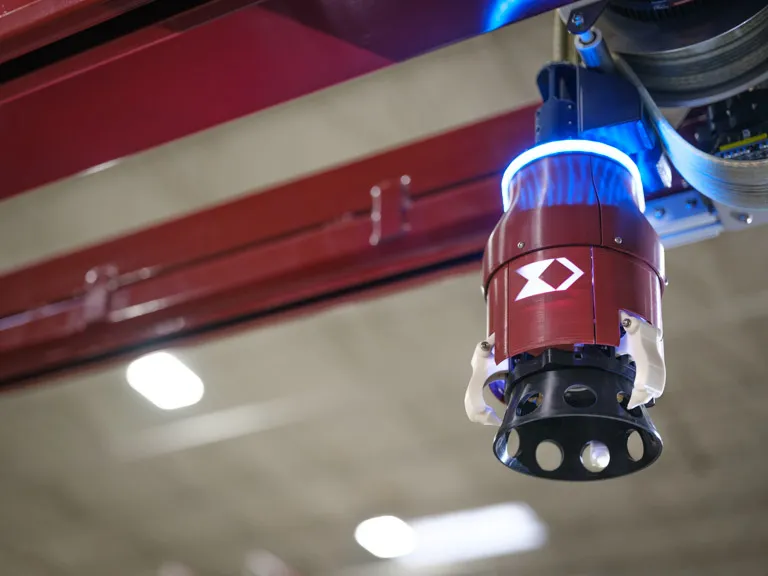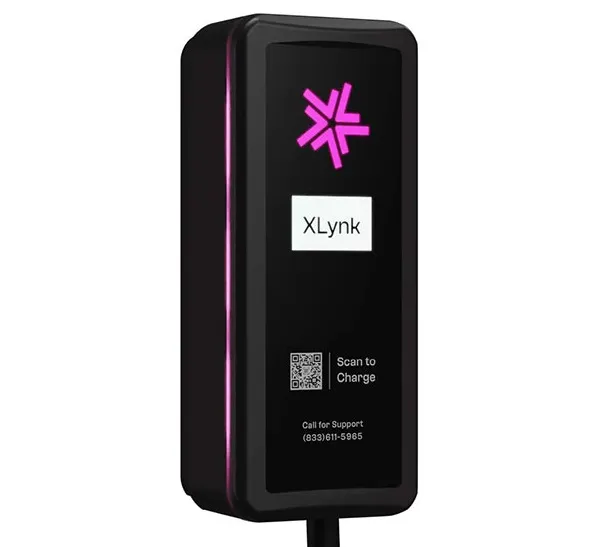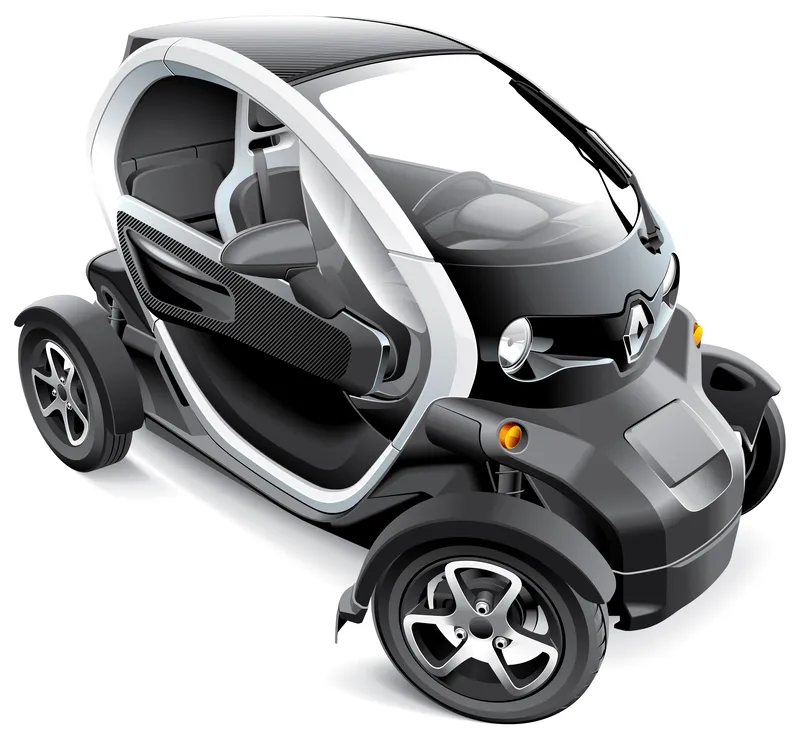
With the integration of high-activity cathode and anode materials, these solid-state batteries are projected to enter mass production sometime between 2030 and 2035. Their energy density could reach 500 Wh/kg, offering a driving range two to three times greater than existing liquid lithium batteries, and rivalling the range of traditional gasoline vehicles.
Neighbourhood electric vehicles (NEVs) currently rely primarily on liquid lithium batteries, classified into two main types based on its cathode material: Nickel Cobalt Manganese (NCM) and Lithium Iron Phosphate (LFP).
TrendForce reports that both these types are approaching their respective energy density limits.
NCM batteries
Vehicles powered by NCM batteries have an approximate range of 500–600 km, while LFP-equipped vehicles can cover 300–500 km. However, these ranges fall short by 2–3 times when compared to the 600–1200 km range of gasoline vehicles.
While the adoption of higher capacity electrode materials can enhance battery capacity, pairing such high-activity materials with lithium batteries can result in a heightened risk for thermal runaway during charging and discharging due to the liquid electrolyte. Conversely, solid-state electrolytes exhibit more structural stability, effectively preventing short-circuits in the battery. As a result, solid-state batteries are emerging as an optimal battery solution, striking a balance between safety and energy density.

Solid-state electrolytes fall into three categories: sulfides, oxide, and polymers. Depending on the proportion of liquid electrolyte by weight, battery types are further classified into semi-solid or solid-state. Considering the demands for energy density, charge-discharge efficiency, and safety in NEVs, sulfides and oxides have been considered the most suitable materials for solid-state batteries.
Sulfides
Japanese automakers — primarily focusing on sulfides — lead the industry. Toyota, holding a number of patents, has joined hands with Panasonic to establish Prime Planet Energy & Solutions, a company aimed at developing solid-state batteries. Moreover, Toyota recently announced its plans to begin mass-producing solid-state battery-equipped vehicles by 2027, making them the fastest Japanese automakers in the field.
Meanwhile, European and American manufacturers are exploring all three paths. Mercedes-Benz, as one of the primary investors in ProLogium Technology, anticipates the debut of their NEVs equipped with solid-state batteries by 2025. On the other hand, Chinese automakers are opting for oxides, and have already initiated the mass production of semi-solid batteries. NIO, Dongfeng Motor, and Seres plan to launch semi-solid battery vehicles possibly within the year, positioning themselves as the quickest to integrate semi-solid batteries. TrendForce, however, notes that the energy density of semi-solid batteries, at roughly 300–400 Wh/kg, noticeably lags behind that of solid-state batteries.
TrendForce points out that although a number of manufacturers are leading the pack in solid-state battery development, the industry at large is still facing issues with impedance during interfacial contact, low ionic conductivity, and high costs. As such, the timeline for mass production and vehicle integration remains uncertain.



